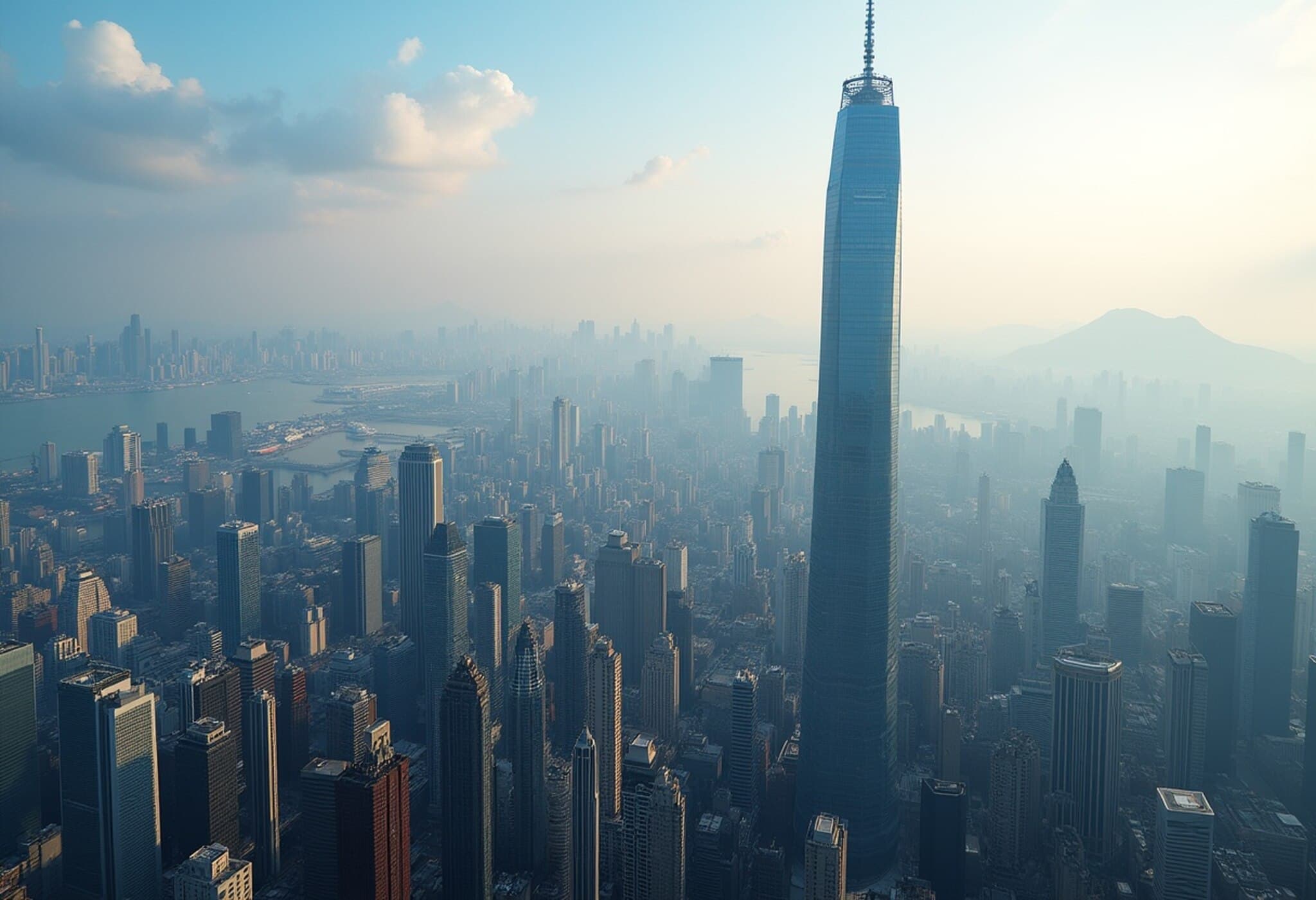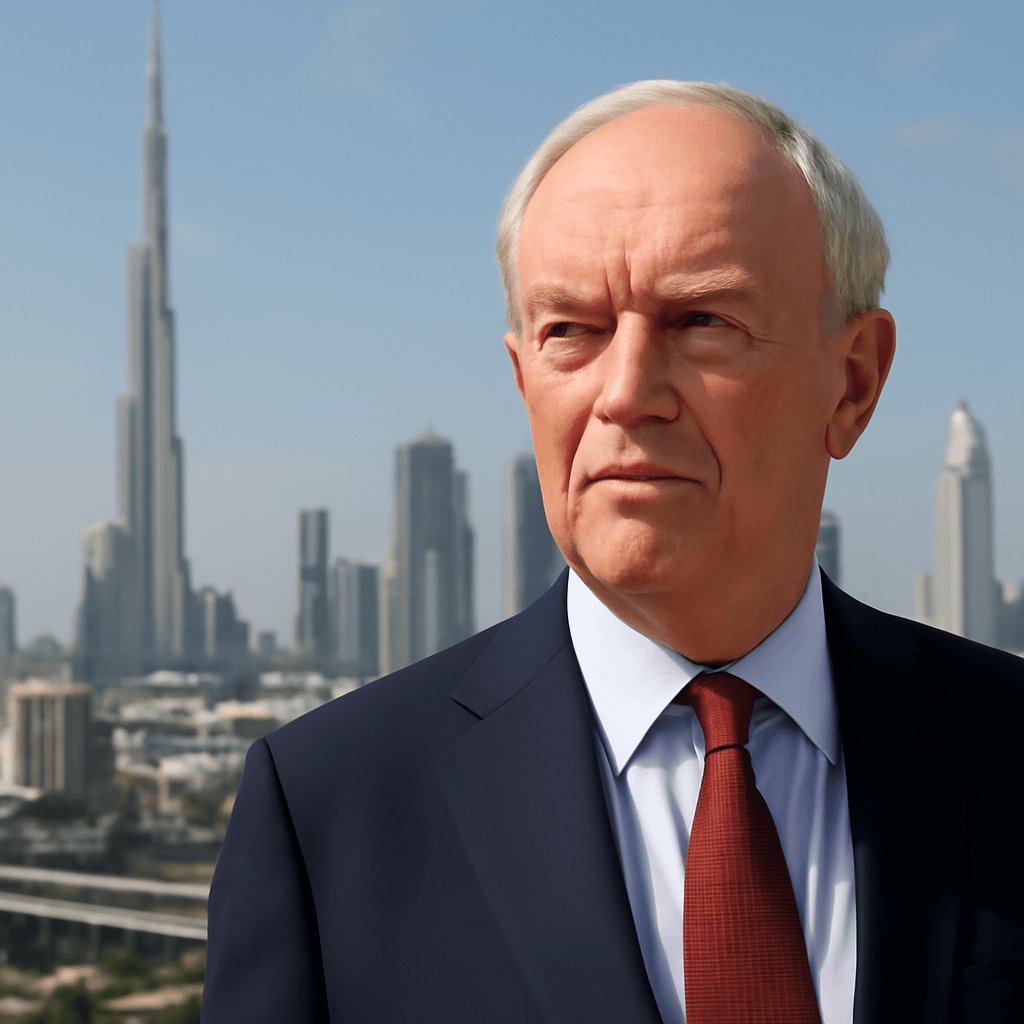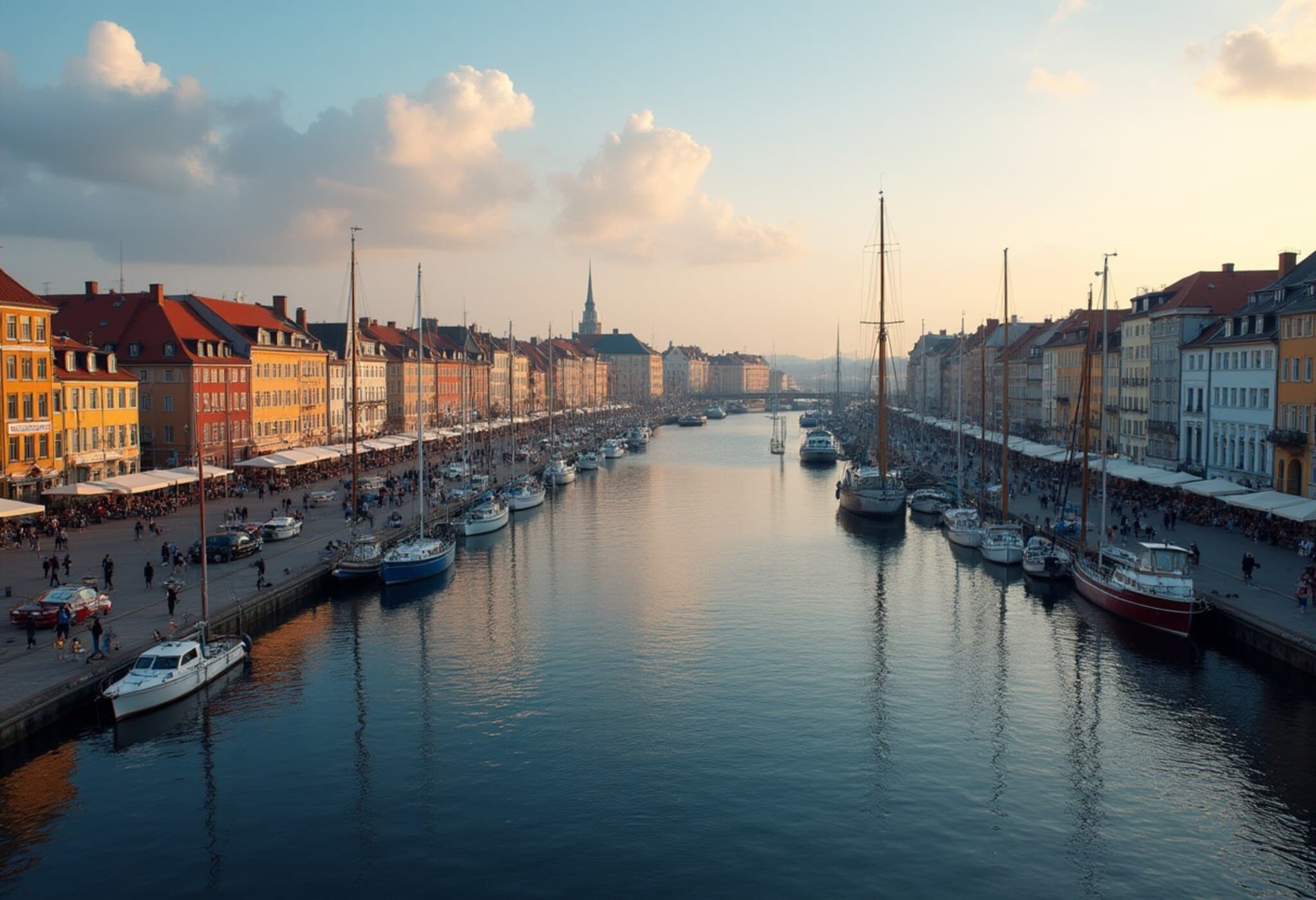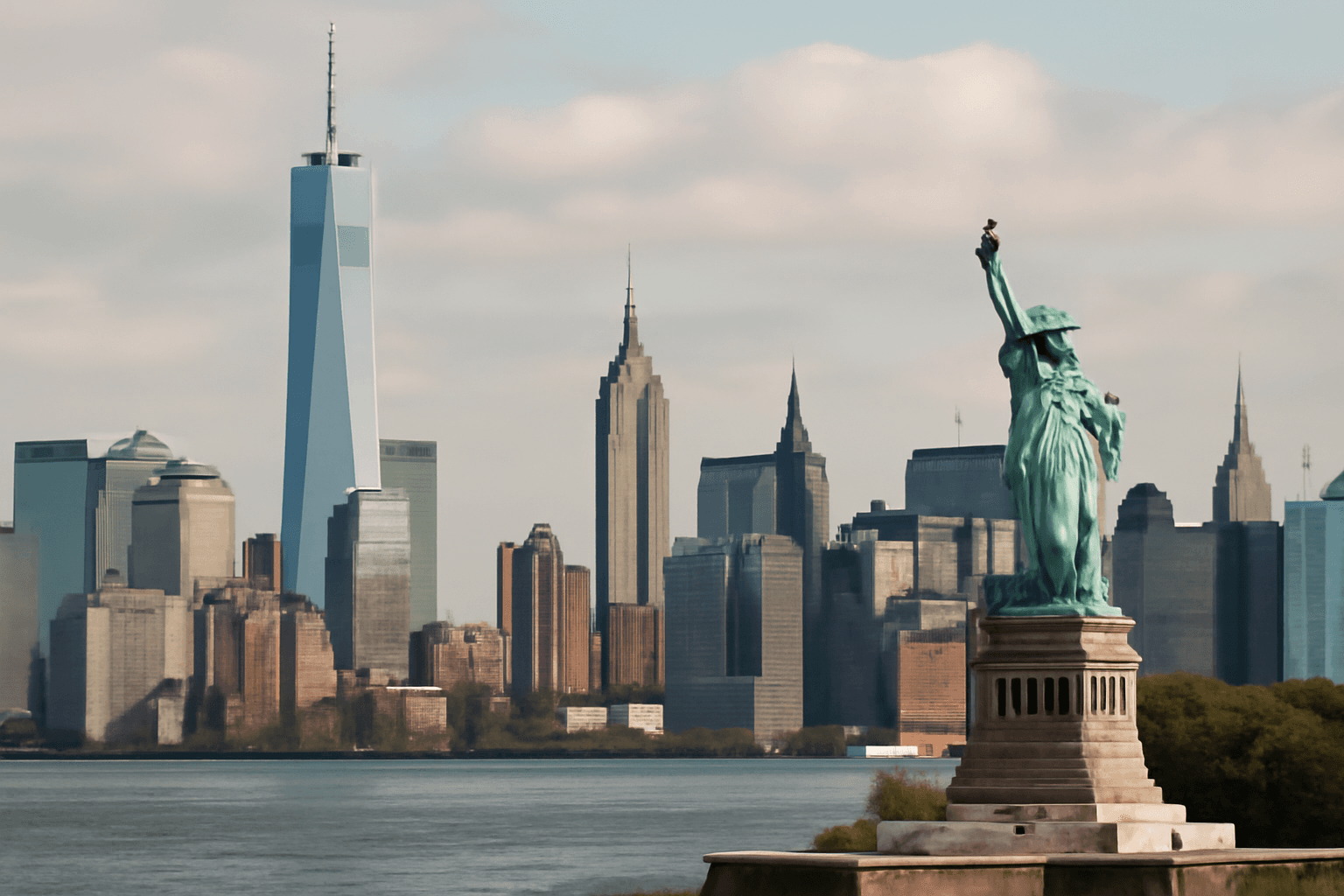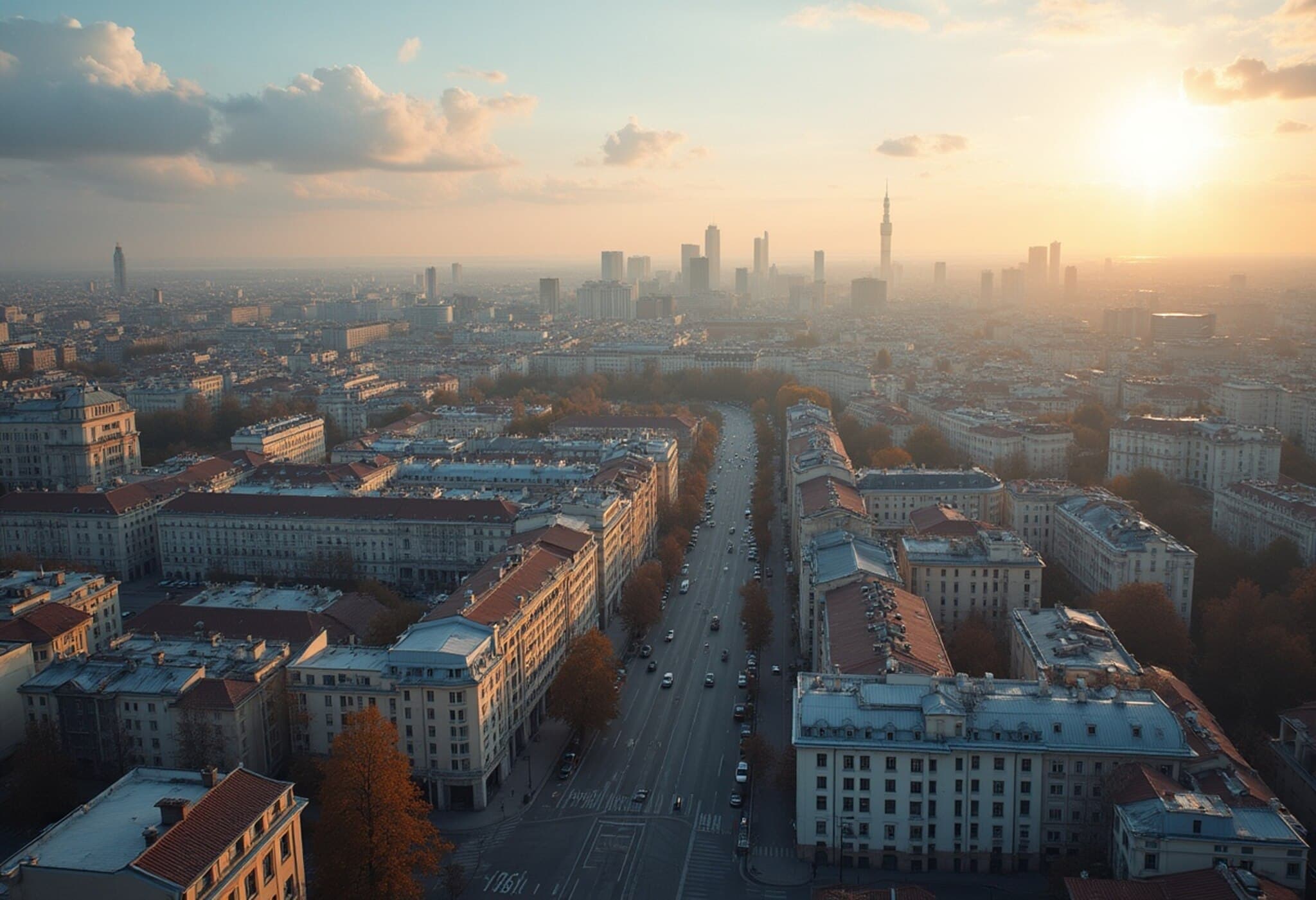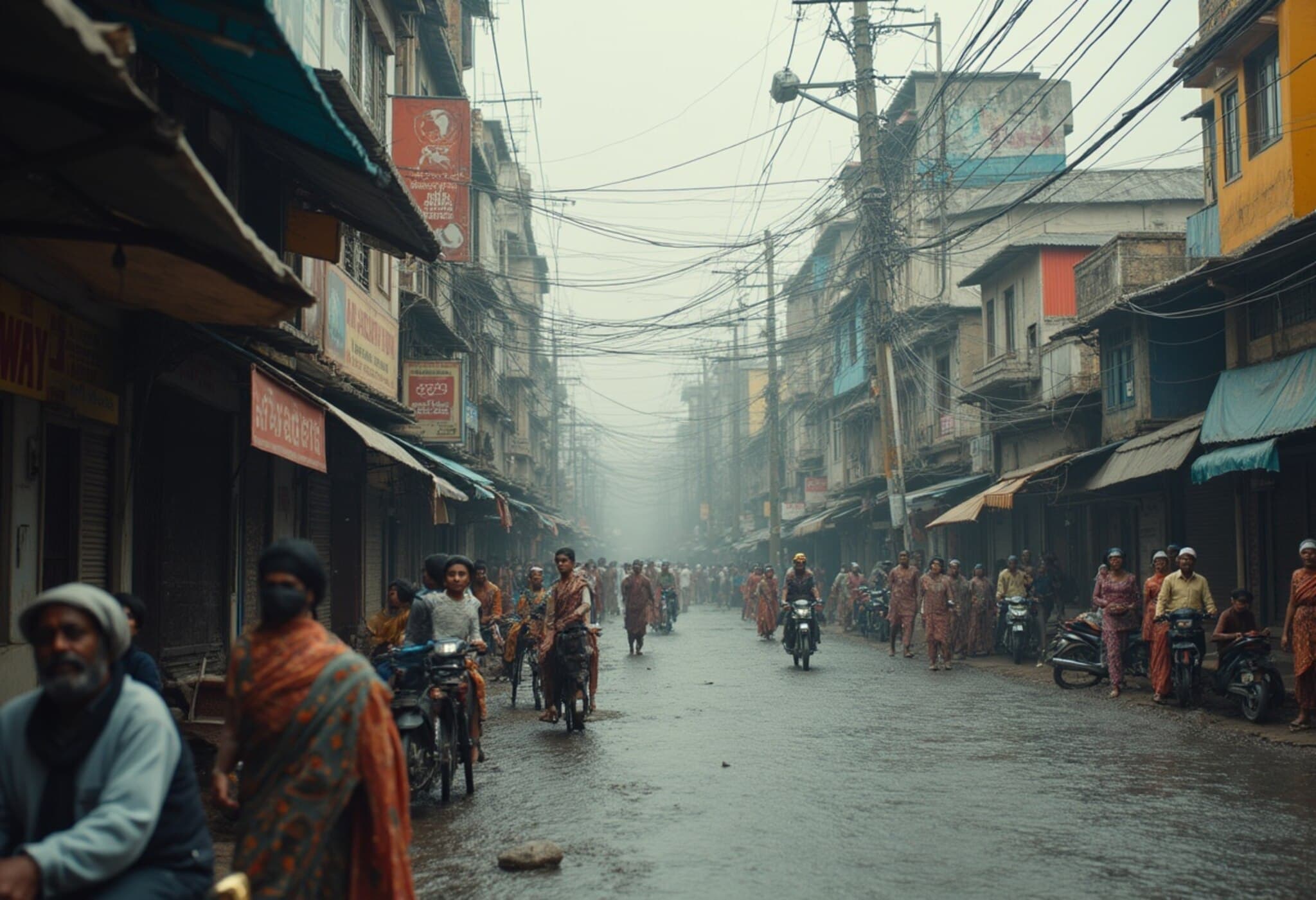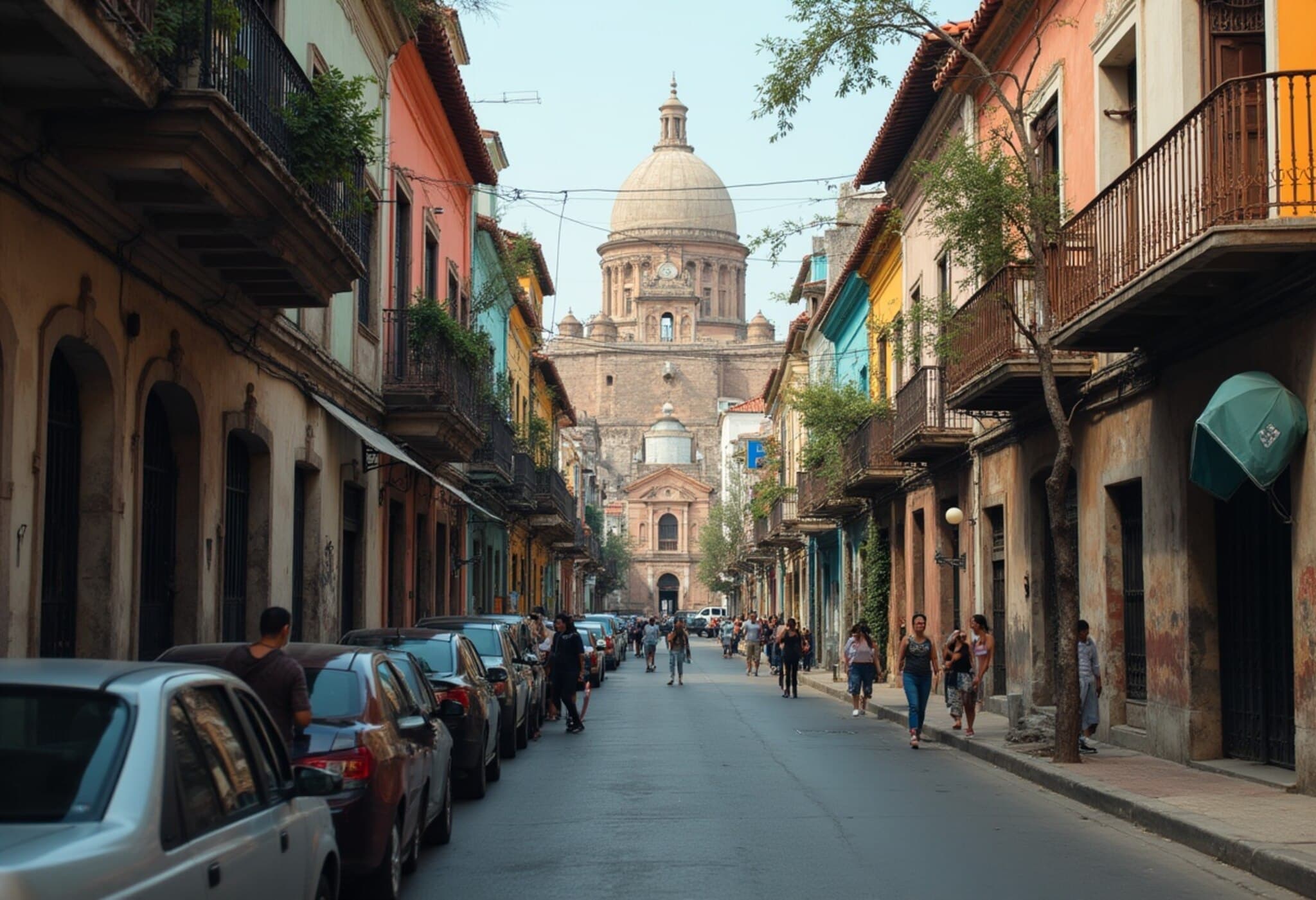Global Skyscraper Landscape in 2025: Hong Kong Tops the List
As urban skylines continue to evolve at a breathtaking pace, the race to erect the tallest and most numerous skyscrapers remains fierce. According to the latest data from the Council on Tall Buildings and Urban Habitat (CTBUH), Hong Kong leads globally with an astounding 569 buildings exceeding 150 meters, securing its position as the world capital of skyscrapers.
Hong Kong’s towering silhouette is a testament to its dense urban core and rapid economic growth. Close behind, the Chinese cities of Shenzhen and New York City vie for the next spots, spotlighting a mix of rapid modernization and historic urban powerhouses.
China’s Sky-High Urban Boom
China dominates the skyscraper scene, featuring prominently with cities like Shenzhen, Guangzhou, Shanghai, Wuhan, and Chongqing all within the global top ten. Shenzhen’s journey from a modest fishing village to a mega-metropolis adorned with 444 buildings taller than 150 meters embodies China’s economic transformation. Wuhan and Guangzhou add to this impressive skyline surge, expanding their vertical cityscape rapidly.
Middle East and Southeast Asia Making Their Mark
Dubai emerges as the Middle East’s shining star with 270 skyscrapers over 150 meters, including the icon that is the Burj Khalifa at 828 meters — the tallest building on Earth. Meanwhile, Southeast Asia’s Kuala Lumpur holds steady with nearly 200 high-rises, famed for its Petronas Twin Towers, which once reigned as the world’s tallest buildings.
India’s Vertical Growth: Mumbai’s Rise to 15th Place
Among Indian cities, Mumbai takes center stage as the financial heart and vertical growth hub. The city boasts 106 buildings above 150 meters, including 45 towers over 200 meters, and a singular skyscraper surpassing 300 meters — Lokhandwala Minerva, standing at an impressive 301 meters.
This places Mumbai at 15th globally in the skyline rankings, reflecting not only the city’s booming real estate market but also the broader trend of urban densification in India’s metropolises. Mumbai’s rapid vertical expansion highlights the city’s struggle and ambition to accommodate an ever-growing population within limited geographic space.
Global Comparison: Top 10 Cities by Skyscrapers (150m+)
| Rank | City | Country | Buildings >150m | Buildings >200m | Buildings >300m |
|---|---|---|---|---|---|
| 1 | Hong Kong | China | 569 | 102 | 6 |
| 2 | Shenzhen | China | 444 | 185 | 21 |
| 3 | New York City | United States | 317 | 98 | 17 |
| 4 | Dubai | UAE | 270 | 130 | 33 |
| 5 | Guangzhou | China | 204 | 64 | 11 |
| 6 | Shanghai | China | 198 | 70 | 7 |
| 7 | Kuala Lumpur | Malaysia | 193 | 66 | 6 |
| 8 | Wuhan | China | 193 | 71 | 7 |
| 9 | Tokyo | Japan | 175 | 37 | 1 |
| 10 | Chongqing | China | 149 | 61 | 5 |
Urban Verticality: More Than Just Numbers
While the raw tally of skyscrapers offers a snapshot of urban development, each city’s vertical growth reflects deeper societal, economic, and environmental narratives. For example:
- Hong Kong’s towering buildings result from limited land combined with explosive demand for residential and commercial space.
- Dubai’s skyscraper boom aligns with its vision as a global business hub and tourist magnet, emphasizing architectural extravagance and luxury.
- Mumbai’s skyscrapers tell a story of rapid urban migration paired with persistent challenges around infrastructure and housing affordability.
These buildings are not merely architectural feats; they are icons of ambition, innovation, and the complex interplay of geography and economics shaping cities around the world.
Looking Ahead: What the Future Holds for Urban Skylines
As technology advances and sustainability becomes a pressing concern, skyscraper design is evolving. Innovations in green building, seismic safety, and mixed-use spaces are reshaping how cities grow upward. India’s urban planners and policymakers face the dual challenge of fostering vertical growth while ensuring sustainable, inclusive urban environments.
Moreover, the COVID-19 pandemic has sparked ongoing debates about the future of city living and office spaces, potentially influencing the demand for high-rise buildings in profound ways.
Expert Insight
According to urban development expert Dr. Arvind Reddy, "Mumbai’s ascent to 15th place exemplifies both remarkable growth and the urgent need to rethink urban planning strategies. Vertical expansion offers solutions to space scarcity but demands investments in transport, utilities, and social infrastructure to truly succeed."
Editor’s Note
As skylines continue to reshape city identities worldwide, it’s essential to remember that each towering structure embodies complex stories — of economic aspiration, technological prowess, and social challenges. Mumbai’s growing presence on the global skyscraper map invites reflection on how Indian cities can balance ambition with sustainable growth and equitable urban living.
For readers interested in urbanism and architecture, this ranking not only underscores where the tallest buildings stand but also prompts deeper questions about the future of our cities in an era of rapid change and climate consciousness.

